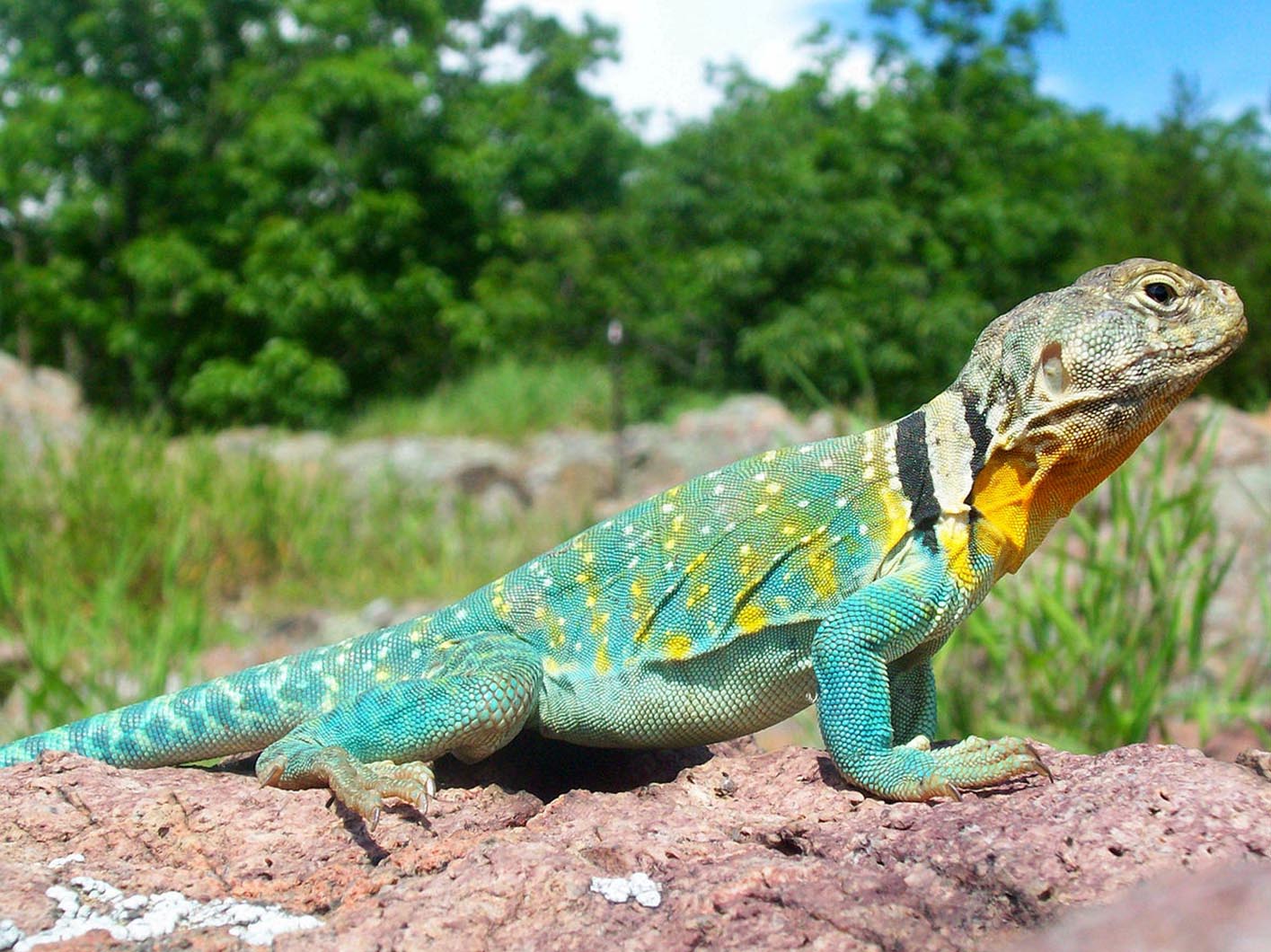
Reptiles / Lizards Fumigation
LIZARDS FACTS:
1) They drop their tail when threatened by a predator but can be regenerated in 1 month.
2) When a lizard sheds its tail, it will return later to see if it is still there and eat it!
3) They are often mistaken as a type of snake as some species have very small or no legs. You can identify by finding the eyelids and the presence of external ears. Lizards possess eyelids and ears.
4) Lizards smell by tasting the air around them. This is why they are often seen sticking tongues at a rapid pace!
5) There are more than 5,600 different species.
6) Lizards exist more than 200 million years since the dinosaur’s age.
7) Lizards live everywhere except in Antarctica.
8) They shed their skin as they grow.
9) The Gecko is the only species of lizard with vocal cords to create sound. The other species use body language to communicate instead.
10) Lizard eggs take about 40-60 days to hatch and a year to be mature and mate. Their lifespan is an average of 10 years but some species will live double the lifespan.
Did you know? Lizards are attracted to light. They have toe pads that enable them to crawl on smooth surfaces. Perhaps this is a reason why they are commonly found in your home!
Where else do they like to hide in your home? Behind pictures, frames or paintings hung on the wall, among piles of newspapers and garbage or behind bookshelves and cupboards.
Quick tips:
Wash your dishes and clear away garbage and food crumbs frequently to prevent flies which are food sources to attract lizards.
Clear away clutter in the house such as newspapers or plastic bags in kitchens as they will love to hide in them.
Seek professional help protect and prevent.
What harm may lizards be to you and your family?
Dropping stains on walls, fabrics, home furniture
Possible health risk hazard with food contamination
But, lizards are not regarded as too “pesty” after all. Do you know lizards do not cause any risk to humans? In fact, they actually help to reduce the population of flying insect by preying on flies, mosquitoes, and moths Get your protection against Lizards
If you are uncomfortable with their presence at www.ppcs.com.pk/ or call 021-34832440, 0331-3196232, 0302-2762161
Besides finding out these fun facts about lizards at home, you may also like to know the reasons behind why lizards seek shelter and warmth indoors. It can be possible that some of them are intruding for breeding purposes! Read more on.
Reptile:
Reptile is the common name for one of the main groups of land vertebrates. It is not used so much by biologists, who use more accurate terms.
Reptiles are a group (Reptilia) of tetrapod animals comprising today’s turtles, crocodilians, snakes, lizards, tuatara, and their extinct relatives. The study of these traditional reptile groups, historically combined with that of modern amphibians, is called herpetology. Because crocodilians are more closely related to birds than to any other group of reptiles, birds are also often included as a sub-group of reptiles by modern scientists.[1]
The earliest known proto-reptiles originated around 315 million years ago during the Carboniferous period, having evolved from advanced reptiliomorph tetrapods that became increasingly adapted to life on dry land. Some early examples include the lizard-like Hylonomus and Casineria. In addition to the living reptiles, there are many diverse groups that are now extinct, in some cases due to mass extinction events. In particular, the K–Pg extinction wiped out the pterosaurs, plesiosaurs, ornithischians, and sauropods, as well as many species of theropods (e.g. tyrannosaurs and dromaeosaurids), crocodyliforms, and squamates (e.g. mosasaurids).
Modern reptiles inhabit every continent with the exception of Antarctica. Several living subgroups are recognized:
Testudines (turtles, terrapins, and tortoises): approximately 400 species[2] Sphenodontia (tuatara from New Zealand): 2 species[2] Squamata (lizards, snakes, and worm lizards): over 9,600 species[2] Crocodilia (crocodiles, gavials, caimans, and alligators): 25 species[2] Because some reptiles are more closely related to birds than they are to other reptiles (crocodiles are more closely related to birds than they are to lizards), many modern scientists prefer to make Reptilia a monophyletic grouping and so also include the birds, which today contain over 10,000 species.[1][3][4][5]
Reptiles are tetrapod vertebrates, creatures that either has four limbs or, like snakes, are descended from four-limbed ancestors. Unlike amphibians, reptiles do not have an aquatic larval stage. Most reptiles are oviparous, although several species of squamates are viviparous, as were some extinct aquatic clades[6] — the fetus develops within the mother, contained in a placenta rather than an eggshell. As amniotes, reptile eggs are surrounded by membranes for protection and transport, which adapt them to reproduction on dry land. Many of the viviparous species feed their fetuses through various forms of placenta analogous to those of mammals, with some providing initial care for their hatchlings. Extant reptiles range in size from a tiny gecko, Sphaerodactylus arise, which can grow up to 17 mm (0.7 in) to the saltwater crocodile, Crocodylus porosus, which may reach 6 m (19.7 ft) in length and weigh over 1,000 kg (2,200 lb).



